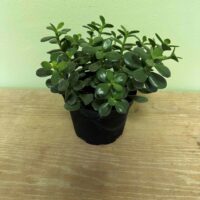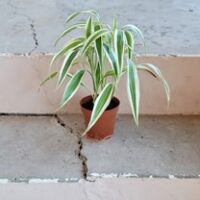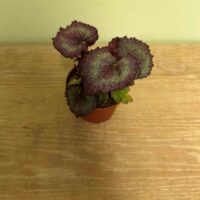Light
Pothos likes sun or shade, but you need to watch if it’s in too much of either one. When grown indoors, pothos prefers bright but indirect light. Variegated plants sometimes lose their leaf pattern and revert to all-green foliage if they don’t receive enough light. Moving them to brighter conditions usually restores the variegation. Suddenly pale-looking leaves mean the plant is receiving too much direct sun.
Soil
Pothos plants thrive in ordinary, well-draining potting soil that can be on the dry side or even rocky. Pothos thrives in a soil pH ranging from 6.1 to 6.8. It is tolerant of a range of conditions, from neutral to slightly acidic.
Water
Let your pothos plant’s soil dry out completely between waterings. If left in continually damp soil, the plant’s roots will rot. Black spots on the leaves (or the sudden collapse of the plant) indicate that the soil has been kept too wet.2
The plant will indicate when it needs water. When it starts to droop, it needs water to revive it. However, don’t wait until the leaves start to shrivel or the plant will lose some leaves. Dry, brown edges mean the plant was kept dry for too long.
Temperature and Humidity
Pothos should be kept in temperatures that are consistently above 50 degrees. These plants prefer temperatures between 65 and 75 degrees. Pothos plants grow best in high humidity, but they’re also very tolerant of low-humidity conditions. If you like, you can increase humidity around the plant by keeping it in a typically humid area of the home, such as a bathroom, or grouping the plant with other tropical houseplants to create a more humid microclimate.
Fertilizer
Pothos plants are not heavy feeders, but they can benefit from occasional fertilizing during the growing season. Feed pothos plants with a balanced houseplant fertilizer once per month during the spring and summer. Avoid fertilizing in winter when the plant goes dormant.
Lifespan
Pothos plants live for an average of five to 10 years, but with proper care, these hardy houseplants can live for much longer. Giving your plant the proper environmental conditions and basic maintenance can help increase its lifespan.






